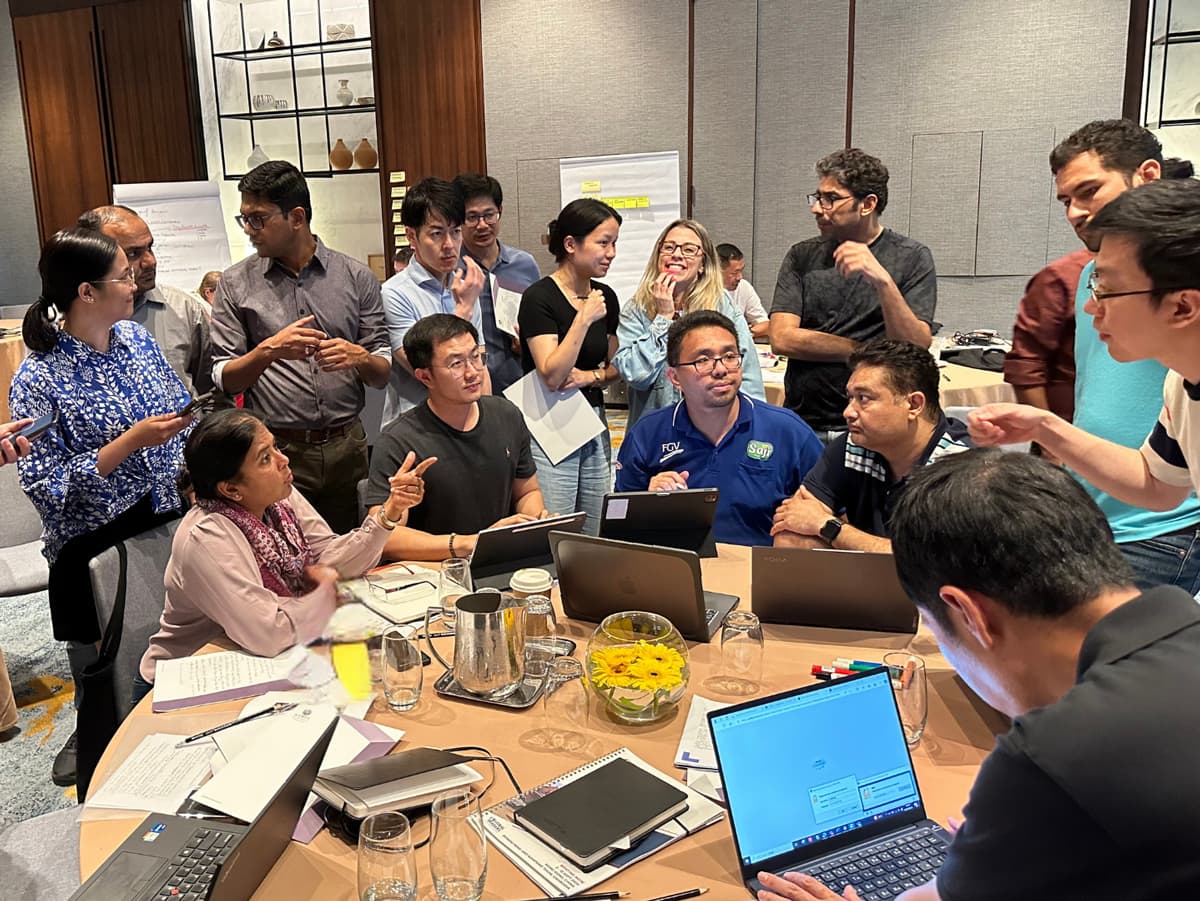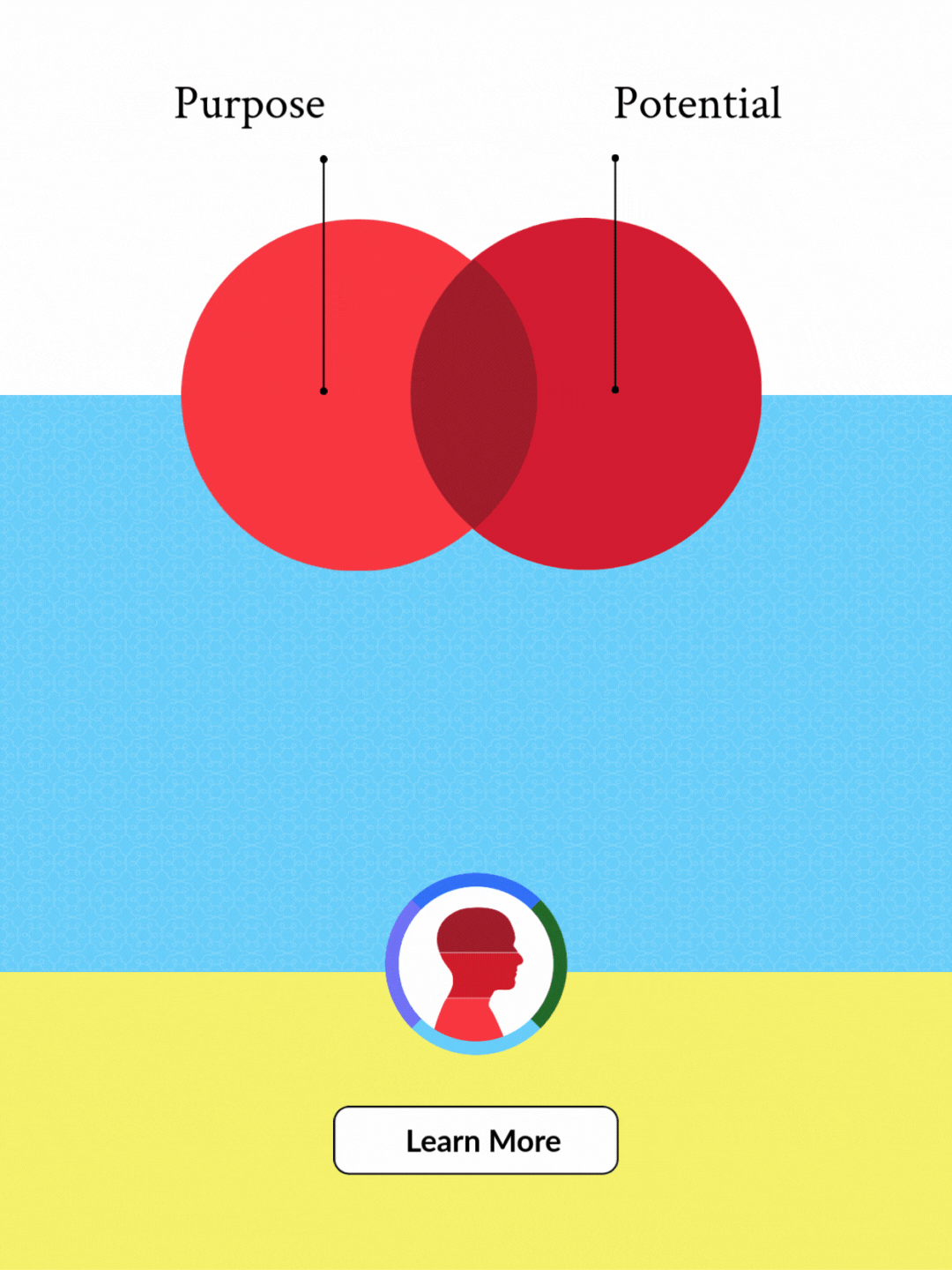Success does not just hinge on technical expertise, it depends on how well organisations can bridge cultural and national divides. Cross-cultural collaboration, especially between nationalities with deeply contrasting values and work styles, has become one of the most potent yet challenging tools for global businesses. Among these differences, few are as pronounced as the competing work philosophies of India and Japan.
One way to contextualise it is to look at the philosophies undergirding the Japanese and Indian ways of working, kaizen and jugaad.
“Kaizen” is a Japanese word that is familiar to many, particularly those who are well versed in process improvement approaches like Lean and Six Sigma strategies. It simply means continuous improvement to eliminate waste and redundancies, and it is used in many industries as a philosophy to improve efficiency. Toyota is one company that truly embraces the Kaizen spirit. Toyota has a practice of optimising already efficient processes with a smaller number of people by making small incremental improvements, thereby improving resource capability and efficiency. Under the Kaizen philosophy, employees are encouraged to focus on small continuous improvements, as opposed to radical changes. However, this process of Kaizen may hinder expansive innovative thinking, as the focus is on smaller, less disruptive improvements. This coupled with the Japanese conflict-avoiding culture may mean that innovative ideas are not vocalised at the first opportunity, and instead they are caught in an internalised filter.
A relatively less recognised word is the Hindi word “Jugaad”. “Jugaad” means improvisation or “frugal innovation” and is becoming increasingly accepted. For Indians, Jugaad is ingrained in their mindset, inspiring out of the box thinking and ingenuity. Jugaad in practice may consist of bending the rules to make something work, or a trial-and-error approach to find the solution. This contrasts with Kaizen’s more structured process of planning and mapping solutions before testing them out. Whilst Jugaad emphasises outside the box thinking, this may be at the expense of durability due to the “quick fix” nature.
One such example of Jugaad in action is the launch of India’s Mars orbiter “Mangalyaan” in 2013 which was built by scientists for USD$75m. To put that into perspective, the Hollywood blockbuster “Gravity” – a movie about two people lost in space – cost nearly USD$100 million to make. Whilst the successful launch of the Mangalyaan was a technological success, the orbiter was declared non-recoverable in 2022 after relatively little scientific output over the 8 active years. This is in contrast to NASA’s MAVEN orbiter which cost significantly more to build at USD$671 million and was launched at the same time as Mangalyaan, however MAVEN is still active today and has been used to produce over 600 scientific papers.
Kaizen and Jugaad in action
These philosophies were on display during our recent Global Leaders Programme in September 2024. Our cohort of 25 professionals came from 10 different countries, including India and Japan. We observed that the Indian participants were quick to bring up ideas or far out of the box suggestions compared to other participants who were more reluctant to speak out in front of the group.
Japanese participants in contrast, tended to keep quiet in discussions due to their differing levels of English. When they did suggest ideas, these were usually carefully thought out solutions, indicating that they may have used more of a Kaizen approach in their thinking. This contrasted with the Indians who spoke more openly to discuss their ideas and even appeared to develop their ideas as they spoke. The impression it made on others was to give the appearance that Indian participants were more assertive or more enthusiastic, whist the Japanese participants may be perceived to be passive and disengaged.
In actuality, both groups were equally engaged and innovative but the different ways that they expressed it had an impact on others’ perceptions, especially those lacking context or awareness.
Understanding these dynamics becomes clearer when we consider the population context that drives behaviour. India has a workforce of approximately 594 million, over 7 times that of Japan’s workforce of 69 million. The unemployment rate in India is also higher at 9.2%, vs Japan’s 2.5%. As behaviour is shaped by different characteristics of society, the large population and high unemployment rate in India may explain why they may be perceived to be more competitive, as there is a need to stand out of the crowd in a developing country where motivations and opportunity costs vary.
Harmonising Kaizen and Jugaad
Nevertheless, improving cross-cultural collaboration required understanding, and even integrating their mindsets of Kaizen and Jugaad through cultural exchange and enhanced global awareness. After all, cultural exchange between India and Japan can be traced back 1000s of years ago to Bodhisena, the oldest documented Indian resident in Japan. Bodhisena was an Indian monk born in 704AD who influenced Japan after settling there, introducing Buddhist and Hindu worldviews into Japanese life. In more recent times, the Japanese and Indian governments share a “Special Strategic and Global Partnership”, where they have a vision for a deep action-oriented partnership.
In order to reach their goals of effective cross-cultural collaboration, it is important for Indian and Japanese private and public sector professionals to enhance their self-awareness, balancing self-belief with humility, and practicing cultural sensitivity for enhanced communication.
The GLP provided a safe environment for the participants to experience working with other cultures first-hand. Putting the participants through shared outcome-driven hands-on learning and aligning their purpose to create a robust business model for the field project. Through GIFT’s continuous feedback during the programme, and raising participant’ awareness of the observed barriers in cross-cultural collaboration, a mindset and behaviour shift was evident towards the 2nd half of the GLP. The realisation that Kaizen and Jugaad processes could in fact be integrated through mutual understanding to complement each other resulted in more focused discussion and inclusivity.
As a testament to GIFT’s transformative, participant-led methodology, and their own levelling up of their self-awareness, the Indian participants reflected on their behaviour and began to take more responsibility for team dynamics. They made a conscious effort to adjust their jugaad mindset to an international setting by:
- Building up their ideas internally before speaking in front of the group.
- Taking an active role when chairing the session to ensure quieter members of the group were given airtime.
- Increasing their awareness of the room and giving a chance for others to speak up.
- The Japanese participants also began to adapt their communication style to better engage with the other participants:
- Drawing diagrams to get their ideas across to their team when they were not able to articulate their ideas in English.
- Taking the initiative to lead the team and taking ownership of the situation.
- Visibly becoming more comfortable as the programme went on.
- Increasing their assertiveness in group discussions.
These changes were observed and reflected on by the others in the cohort, boosting morale and enhancing bonding between the team. The changes resulted in enhanced brainstorming sessions, more inclusive team dynamics and they were able to more rapidly reach a consensus.
The exposure and opportunity to cross-collaborate with other cultures, aid in strategic partnerships by deepening understanding of cultural differences and behaviour, integrate cultural philosophies such as Kaizen and Jugaad, and aid adaptation of working styles for an international setting. Through opportunities such as GIFT programmes, which give the perfect opportunity for exposure and collaboration with different cultures, cultural differences will no longer be a barrier to effective cross-cultural collaboration.
Rebecca Yip
Rebecca Yip, PhD is a Programme Manager at GIFT HK where she manages executive leadership programmes contributing to redesigning society and enabling greater societal sustainability and resilience. Her interests include global shifts, socioeconomic development and the rise of Asia and its’ relationship with the West.




